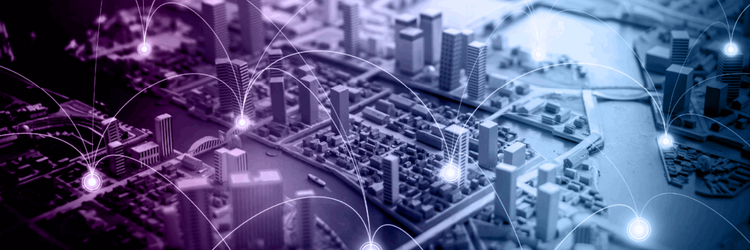Articles
The Future of Trade: The Business Case for Digitalization
- By AFP Staff
- Published: 2/23/2023

Trade finance has a long-established set of highly manual processes, in which all participants have clearly defined roles. At the heart of most of the processes is the application of a strict rule: If a participant receives a compliant document, it is processed; if a document is not compliant, it is rejected.
In combination, the defined rules and the binary nature of much of the decision-making suggest trade finance is ripe for digitalization. But, despite major investment over many years, most trade transactions are still processed the traditional way, with paper documents still being sent around the world. The question is, why?
There are certainly many potential benefits to shifting trade finance from a highly time-consuming manual process to a fully digitalized one. These benefits fall into three main categories.
First, there are the general benefits that derive from any digitalization process. Even without automation, shifting from manual to electronic document processing will reduce the incidence of error. Given the level of manual intervention in trade finance and the need to send documents through multiple locations, this represents a potentially significant time savings, not to mention a major opportunity for team members to devote more time to value-added processes.
The second potential benefit is to reduce the incidence of fraud. Using technology to try to reduce fraud, whether by banks investing time and resources to improving KYC protocols or by the use of artificial intelligence to check if documents have been tampered with, has already started to pay dividends in terms of reducing the number of incidences of fraud.
The final potential benefit is to help participants achieve their ESG (Environmental, Social, Governance) objectives and results from trade finance’s use of multiple physical documents and the need to send them around the world. Even digitizing some of these documents (i.e., replacing physical documents with electronic versions) would represent a major cost and resource savings, with the next stage — digitalization — further extending those savings.
Yet, despite these potential benefits, outside the evolution of cross-border payments (e.g., via ISO 20022), it is only really in the area of fraud protection that there has been significant progress made. There have been a number of different projects to explore the use of blockchain and cloud technology, and some legislative enablement, but fundamentally the trade finance process remains as it always has been.
Still predominantly paper-based, administering traditional trade products is time-consuming, bureaucratic and prone to error. The potential benefits from automation are clear, so will trade ever be fully digital?
There are grounds for optimism. First, proven technology exists and is being used to automate trade processes. Second, some elements of the process (e.g., in KYC and in the development of real-time cross-border payments) have been successfully digitalized. Third, the majority of market participants want to move away from paper to digital technology. Transition to a fully digitalized trade environment may not happen overnight, as the hurdles to overcome remain significant, but progress is being made and tools are available that can help companies move towards more automated solutions.
Learn how you can benefit by moving away from paper processes to digitalization. Check out the AFP Payments Guide to What's New in Trade Finance, underwritten by MUFG.
Copyright © 2024 Association for Financial Professionals, Inc.
All rights reserved.

